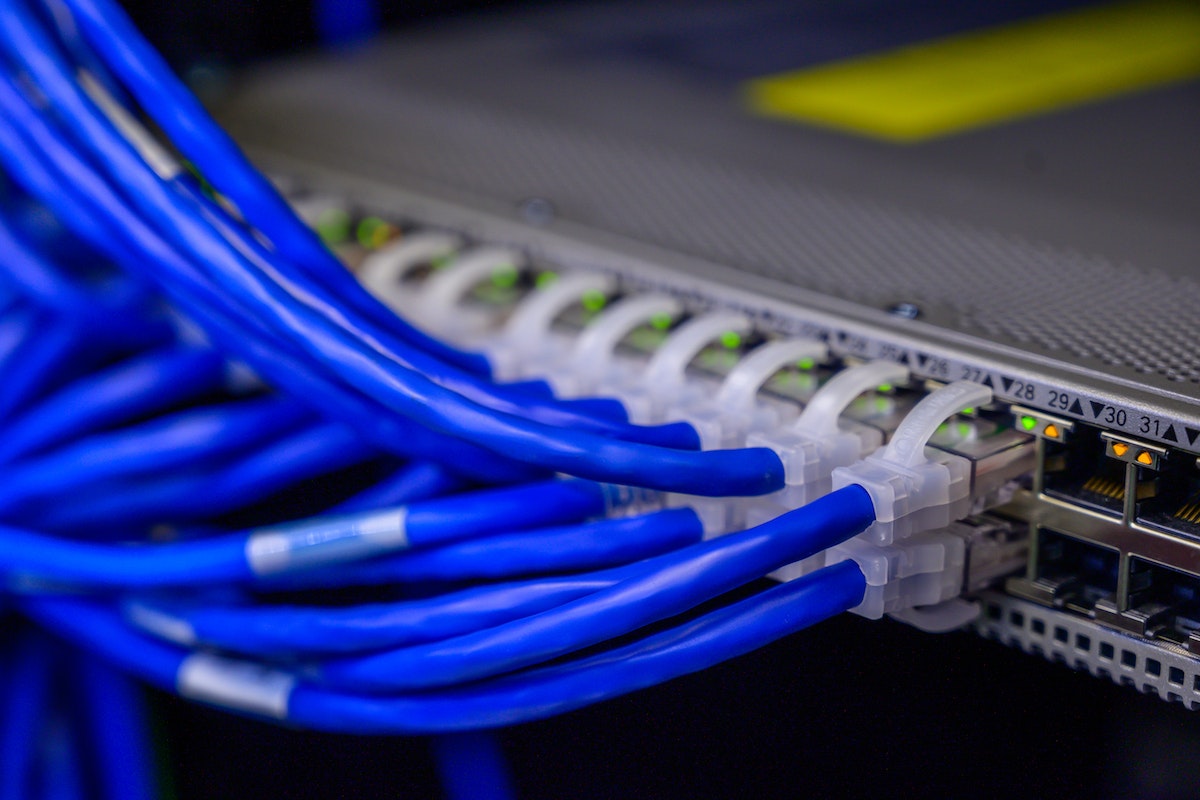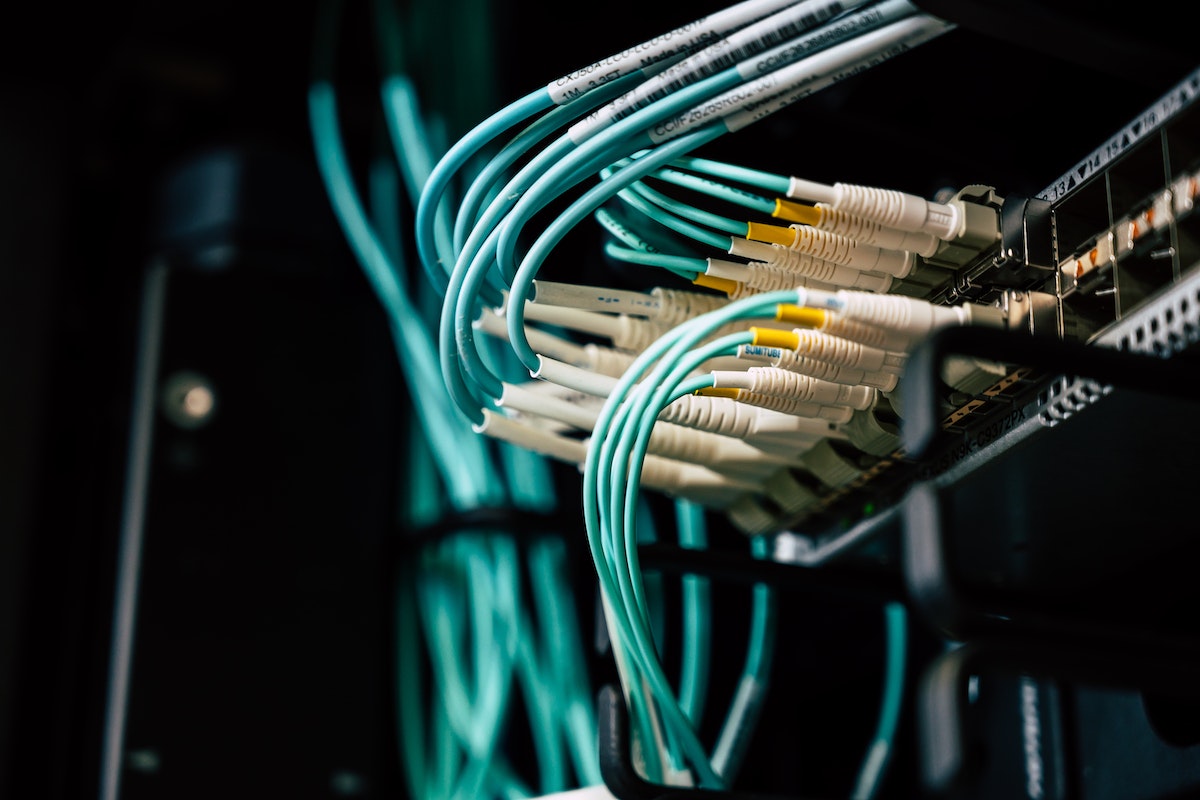In today’s world, digital transactions are becoming increasingly common. From online shopping to electronic banking, we use digital platforms to make financial transactions on a daily basis. While this trend offers convenience, it also poses significant risks to cybersecurity. With the BitQL increasing risk of cyber-attacks, it is essential to understand the role of cybersecurity in the future of financial transactions.

Why Cybersecurity is Critical in Financial Transactions
Cybersecurity refers to the protection of computer systems, networks, and data from theft, damage, or unauthorized access. In financial transactions, cybersecurity is essential to protect sensitive financial data, prevent fraud, and ensure the integrity of transactions. Cyber-attacks on financial institutions can lead to severe consequences, such as loss of customer trust, financial loss, and legal repercussions.
The Future of Financial Transactions
The future of financial transactions is becoming more digitized, with an increasing number of people using digital platforms to make transactions. According to a study by Juniper Research, global mobile payments are expected to reach $14 trillion by 2022, driven by the growth of mobile payments in Asia and the increasing adoption of contactless payments worldwide. The rise of cryptocurrencies is also changing the financial landscape, with the market capitalization of cryptocurrencies exceeding $2 trillion in April 2021.
The Need for Cybersecurity in the Future of Financial Transactions
As financial transactions become more digitized, the need for cybersecurity becomes even more critical. Cyber-attacks are becoming more sophisticated and frequent, with hackers constantly developing new techniques to steal sensitive financial information. Therefore, financial institutions must adopt robust cybersecurity measures to protect their systems and data from cyber-attacks.
The Role of Cybersecurity in Protecting Financial Transactions
Cybersecurity plays a critical role in protecting financial transactions by ensuring the security, privacy, and integrity of data. It involves implementing security measures such as firewalls, encryption, and multi-factor authentication to prevent unauthorized access to data. These measures also help to protect against malware and other types of cyber-attacks.
Another essential aspect of cybersecurity in financial transactions is fraud detection and prevention. Cybersecurity systems can monitor transactions in real-time, detect suspicious activities, and prevent fraudulent transactions from occurring. This helps to reduce the risk of financial loss and protect customer data from theft.
In addition to these measures, financial institutions must also ensure that their employees are trained in cybersecurity best practices. This includes educating employees on how to identify and report cyber-attacks, using strong passwords, and avoiding suspicious emails and links.
The Impact of Cyber-Attacks on Financial Transactions
Cyber-attacks on financial institutions can have severe consequences, both for the institution and its customers. For financial institutions, a cyber-attack can result in significant financial losses, damage to reputation, and legal repercussions. For customers, a cyber-attack can result in the loss of sensitive personal and financial information, leading to identity theft, financial fraud, and other types of cybercrime.
One of the most significant cyber-attacks in recent years was the Equifax data breach in 2017. The breach resulted in the theft of personal data, including social security numbers, birth dates, and other sensitive information, from 147 million customers. The breach cost Equifax $1.4 billion in damages and led to a loss of customer trust.
The Importance of Collaboration in Cybersecurity
Collaboration is crucial in cybersecurity, especially in the financial sector. Financial institutions must work together to share information about cyber threats and best practices to prevent cyber-attacks. This helps to create a more robust cybersecurity ecosystem and reduces the risk of cyber-attacks on the financial sector.
In addition, collaboration between the public and private sectors is essential in cybersecurity. Governments and financial institutions must work together to develop cybersecurity policies and regulations to protect financial transactions. This includes developing standards for cybersecurity, ensuring compliance with regulations, and providing resources to prevent cyber-attacks.
The Role of Artificial Intelligence and Machine Learning in Cybersecurity
Artificial intelligence (AI) and machine learning (ML) are becoming increasingly important in cybersecurity. These technologies can analyze large volumes of data and identify patterns and anomalies that may indicate a cyber-attack. AI and ML can also be used to detect fraud in financial transactions, identify suspicious activities, and prevent cyber-attacks before they occur.
Conclusion
In conclusion, cybersecurity is critical in the future of financial transactions. With the increasing digitization of financial transactions, cybersecurity is becoming even more crucial in protecting sensitive financial data, preventing fraud, and ensuring the integrity of transactions. Financial institutions must adopt robust cybersecurity measures, collaborate with other institutions and governments, and leverage technologies such as AI and ML to protect against cyber-attacks. By doing so, financial institutions can reduce the risk of cyber-attacks, protect their customers’ data, and ensure the security of financial transactions.













